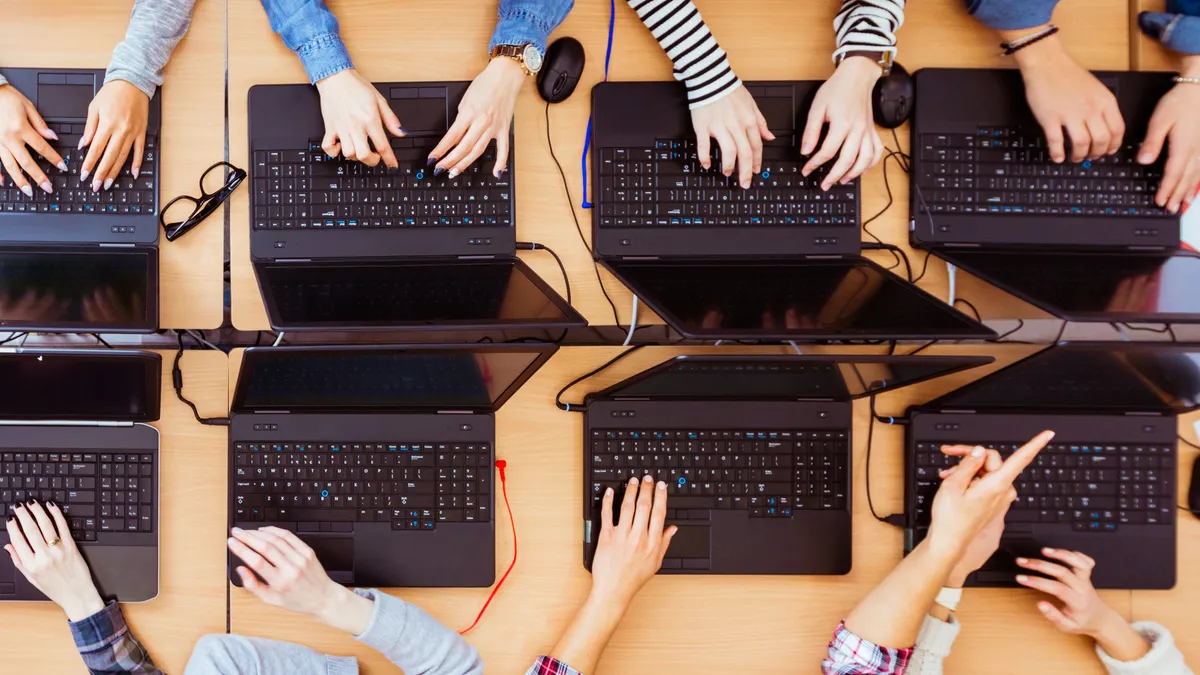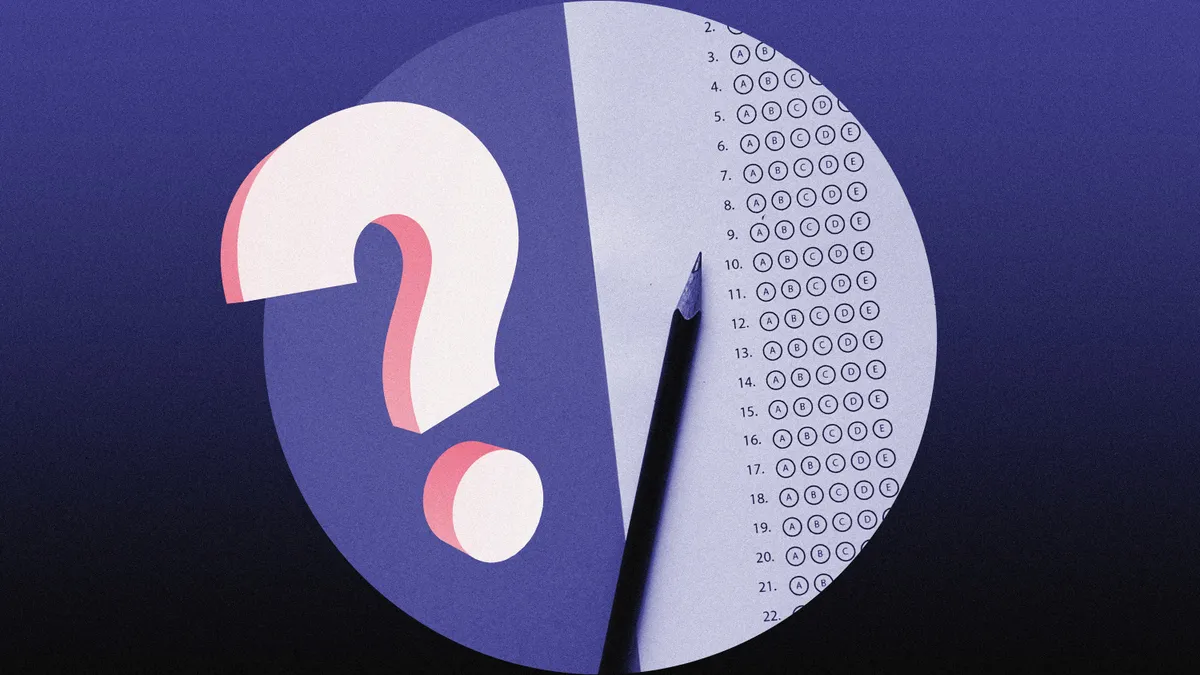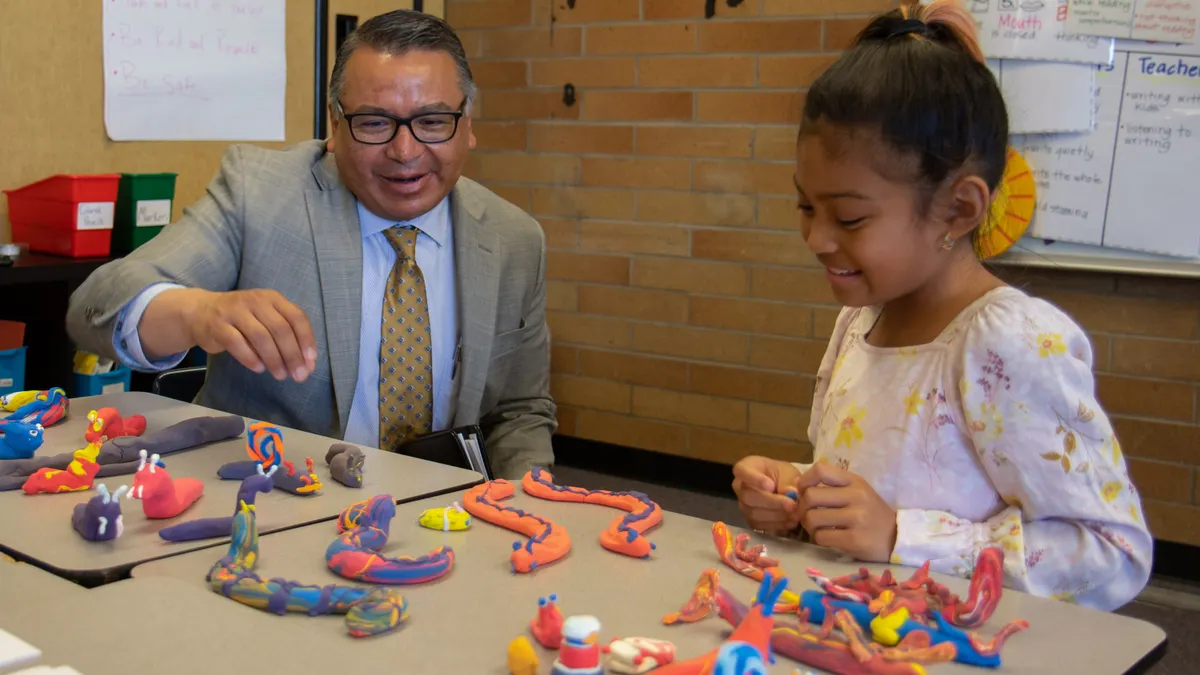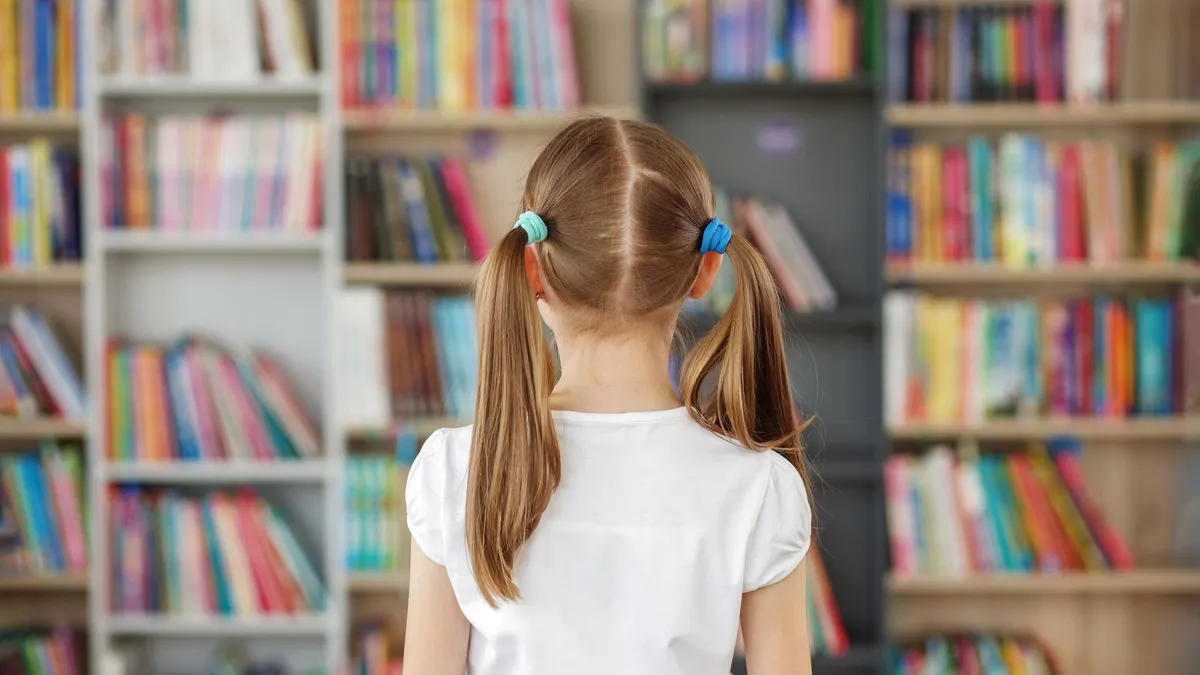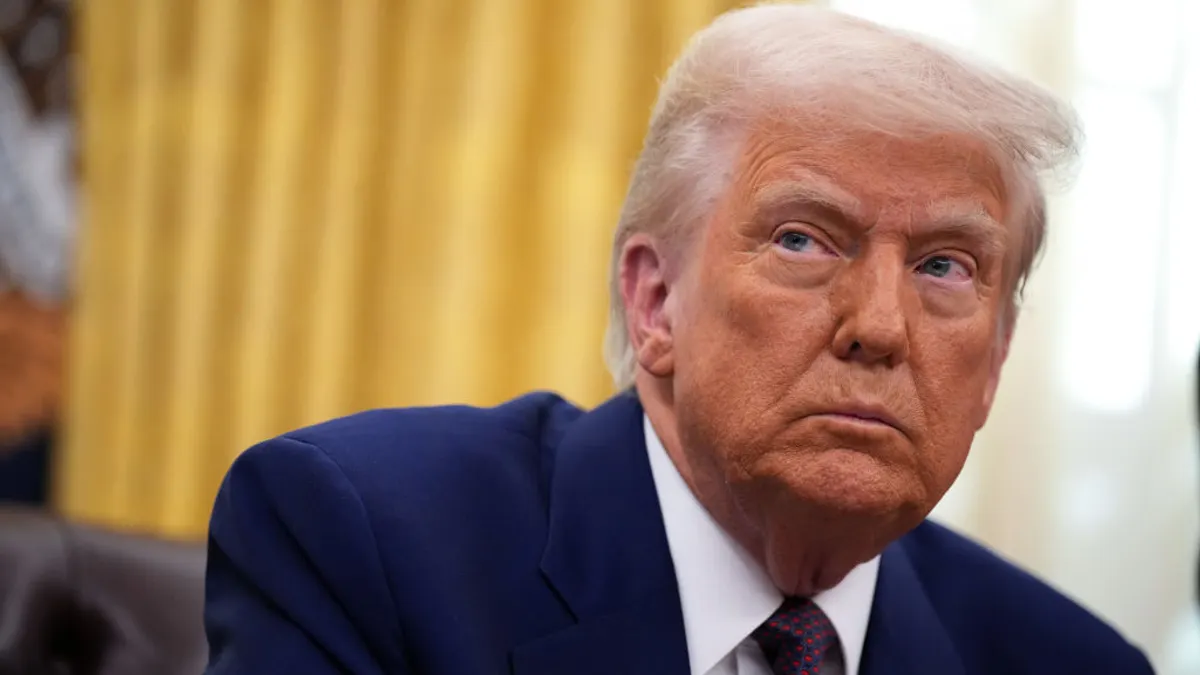As uncertainty and concern intensifies over President Donald Trump's tariff policies, school administrators are beginning to see signs of notable price increases on everything from laptops to paper products.
Back in November, when the newly elected Trump said he would impose a 25% tariff on goods from Canada and Mexico and an additional 10% tariff on China, schools could only speculate how that would impact their budgets. Since then, he has bandied about, proposed and withdrawn, and in fact imposed varying degrees of tariffs on nations as a means to combat drug trafficking and illegal immigration and strengthen domestic manufacturing.
1:1 devices
In a January report analyzing Trump’s expected tariffs, the Consumer Technology Association said a 10% or 20% tariff on imports from all countries in addition to a 60% or 100% tariff on China would significantly hike up technology prices for U.S. consumers. Specifically, laptop and tablet prices were predicted to jump by 46% to 68%, according to CTA.
Trump did, in fact, implement a baseline 10% tariff on imports from all countries as of April 5 and buckled down on tariffs for China, increasing them to a total of 145%. Then on April 11, Trump announced a temporary exemption on reciprocal tariffs for some imported electronics.
But even before the actual tariff increases materialized, the threat of them led two Illinois school districts to purchase 1:1 devices for students in February — several months earlier than their usual May or June time frame.
One technology vendor assured Batavia Public School District 101 at the time that the company would honor its pricing if the district put in an order within a month of getting a quote, said Tony Inglese, the district’s chief financial officer. However, when the district came back with its order in time, the company said the markets had since changed amid the tariff threat and the price would be higher after all.
“It took a massive amount of finagling, and we were able to get them to honor the original price, but there’s just a high state of anxiety and confusion and back-and-forth,” Inglese said.
Angie Smith, associate superintendent of operations and chief school business official at West Aurora School District 129, cited Trump’s tariff exemptions for some electronics as an example of the “whiplash” affecting companies that work with schools.
The issue with Trump’s ping-ponging on tariffs, Smith said, is that “for-profit companies, which is who we deal with, don’t want to get caught holding the bag, so they’re going to be forced to price something in there to kind of protect their risk, which means we’re going to get stuck with it.”
Paper products
In response to Trump’s March announcement of 25% tariffs on all products from Canada and Mexico, which since saw some exemptions, the American Forest & Paper Association said in a statement that the move could create a long-term disruption for U.S. pulp, paper and packaging manufacturers.
“While we recognize the Administration’s goals of securing our borders, AF&PA remains concerned that today’s new North American tariffs have potential to seriously disrupt our industry’s complex, cross-border supply chains,” said Heidi Brock, president and CEO of AF&PA.
Inglese, meanwhile, said he’s already noticing surging — and wildly varying — quotes on paper products. For instance, he said, his district's bids for paper products usually draw a 10% variance in pricing from lowest to highest bidder. More recently, however, that difference has jumped to 120%, he said.
That drastic variance suggests “people are nervous that if they’re going to have to honor this price for a year, or however long this bid was, that things are going to go up,” Smith said. “They don’t want to get stuck with it, so they’re going to put all that in there just to protect their downside risk.”
While Batavia Public School District 101 was able to secure a “reasonable price” on paper this year, Inglese said there’s still a risk that paper costs could jump 200% in the future. And if that happens, “we might be using paper differently,” he said.
“We might make these different decisions about what it is that we print, and if we have to do that, that changes a lot of things about school,” Inglese said. “But that's just one almost trivial manifestation of the uncertainty … and it happens everywhere.”
A cut to a district’s paper budget will ultimately lead to a “cultural shift,” Smith said.
“If all of a sudden, you need to tell teachers you can’t have as much paper anymore, because it’s more expensive. Well, teachers love paper,” Smith said.


